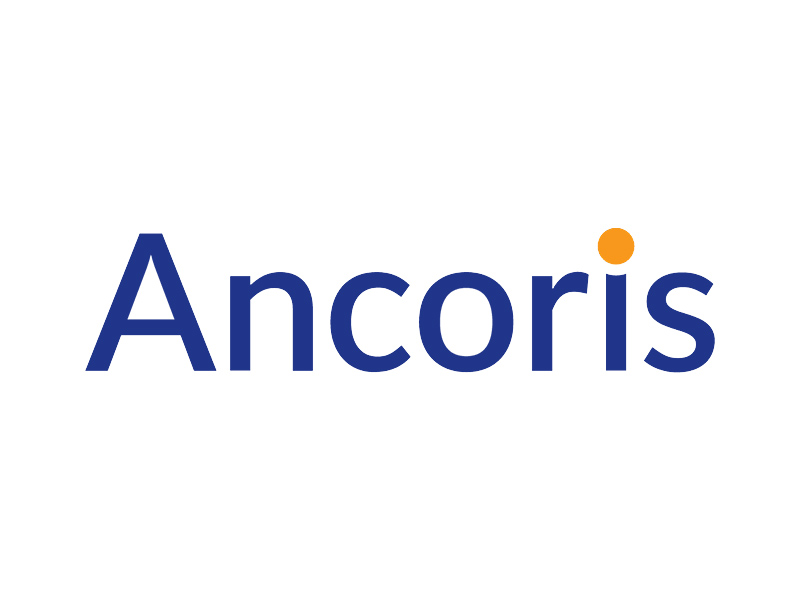Imagine if data processing happened right where it was needed most, minimising delays and maximising efficiency. This is the promise of edge computing. As businesses strive to keep up, edge computing emerges as a game-changer, enabling real-time data processing, improved security, and reduced bandwidth usage.
At Chesamel, we believe in harnessing the latest technological advancements to drive your business forward. Edge computing is at the forefront of this digital transformation, offering innovative solutions that redefine operational efficiency across various industries. Whether it’s:
- Enhancing patient care in healthcare
- Optimising energy usage in smart homes
- Bolstering security in financial transactions
Edge computing is paving the way for a smarter, more connected future. And to make sure you don’t get left behind, we’re going to explore the transformative power of edge computing, its impact on key industries, and how it can help you stay ahead in a rapidly evolving market.
What Is Edge Computing?
Edge computing improves how businesses handle data by processing information closer to the source of data generation rather than relying solely on centralised cloud servers. This localised processing reduces latency, enhances speed, and improves overall efficiency, making it ideal for real-time applications that require immediate insights, such as autonomous vehicles, smart cities, and industrial IoT.
According to Gartner, by 2025, 75% of enterprise-generated data will be created and processed outside traditional centralised data centres or cloud environments, a significant increase from 10% in 2018.
How Is Edge Computing Different To Cloud Computing?
While cloud computing centralises data processing in remote data centres, edge computing decentralises this process. This difference is vital for applications where milliseconds matter.
For instance, in autonomous vehicles, edge computing enables real-time decision-making, ensuring safety and efficiency. Whereas, cloud processing could introduce detrimental delays to these critical functions.
Moreover, edge computing significantly reduces bandwidth usage. By processing data locally, only essential information is sent to the cloud for further analysis, cutting down on the volume of data transmitted and lowering costs. According to IDC, edge computing can reduce network costs by up to 30% due to decreased data transmission needs.
By leveraging edge computing, organisations can unlock new levels of efficiency and responsiveness, driving innovation and growth across various sectors.
The Transformative Impact of Edge Computing on Key Industries
Healthcare
Edge computing is making significant strides in the healthcare sector by enabling real-time data processing and enhanced security measures. One notable example is the use of AI-enabled medical devices that perform real-time analysis of patient data at the edge.
NVIDIA’s edge computing solutions are transforming surgeries by allowing ultra-low latency streaming of surgical videos into AI-powered data processing workflows. This enables surgeons to make real-time decisions, track surgical tools, and monitor patient vitals, thereby improving surgical outcomes and patient recovery times.
Edge computing also facilitates the integration of IoT devices in remote patient monitoring. These devices collect and process data locally, providing immediate insights and reducing the dependency on cloud infrastructure. This capability is particularly crucial in emergency healthcare scenarios, where latency can be a matter of life and death.
Energy
Edge computing is changing how data from smart grids and IoT devices is managed. By processing data locally, energy companies can optimise energy distribution and consumption in real-time.
For example, smart metres and IoT sensors in homes and businesses can monitor energy usage and make adjustments on the fly to improve efficiency and reduce costs. This approach not only enhances energy management but also supports sustainability initiatives by minimising waste.
One specific application is in the management of renewable energy sources. Edge computing enables real-time monitoring and control of energy generation and storage systems, ensuring optimal performance and integration with the grid. This local processing capability is essential for balancing supply and demand, especially with the variable nature of renewable energy sources like wind and solar power.
Finance & Fintech
Edge computing is enhancing the speed and security of transactions. Financial institutions are leveraging edge computing to perform real-time transaction analysis and fraud detection. This allows banks to quickly identify and respond to fraudulent activities, reducing the risk of financial loss and improving customer trust.
Additionally, edge computing supports the deployment of automated trading systems that require ultra-low latency. These systems can analyse market data and execute trades in milliseconds, providing a competitive advantage in fast-paced trading environments.
By reducing the reliance on centralised cloud servers, edge computing helps financial institutions achieve greater efficiency and cost savings.
Conclusion
Edge computing is paving the way for more responsive, secure, and efficient operations across various sectors because the urgency to process data swiftly and securely has never been greater.
This localised approach to data management is not just a technological upgrade; it’s a strategic necessity for staying competitive in today’s fast-paced market.
Our digital evolution services are crafted to transform your business into a
modern, agile, and innovative enterprise. From the implementation of edge computing to the application of AI and machine learning.
Our proficiency in digital transformation ensures we can redesign processes, integrate cutting-edge technologies, and enhance your overall digital footprint.
Get in touch to learn how we can help you leverage technologies like edge computing to stay ahead in your rapidly evolving market.












